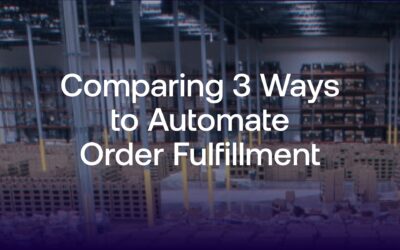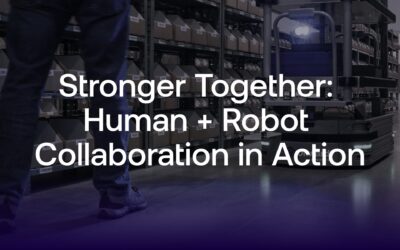Four Tech Directions to Shape Distribution Center (DC) Performance
Yes, warehouse robotics are the biggest thing in automation, but they’re not the only tech to drive efficiencies. Orchestration software, better robot/human collaboration, and the application of computer vision to inventory accuracy all play a role in operational gains.
From Modern Materials Handling – NOVEMBER 7, 2023

Call it flexible automation or warehouse robotics, but by almost any measure, the highest growth categories in the materials handling world are autonomous mobile robots (AMRs) and smart pick-and-place robotics that make use of artificial intelligence (AI). But that doesn’t mean they’re the only solutions to consider.
The many robotic variants include AMRs that do assistive picking, AMRs that do case handling, and with robotic picking, some solutions autonomously pick eaches or polybags, while others can manipulate cases to automate palletizing or de-palletizing. For certain, robots are the biggest thing to hit warehouse automation in recent years, but the trick is to know which robotic solutions or combination of solutions match operational needs, while having the software to tie everything together.
The other reality to keep in mind is most warehouses have a mix of systems, automated and manual, and most rely on labor—warehouse associates—to get orders out the door, even when robotics allow for smaller teams to do more.
Warehouses also have constant inflows and outflows of inventory that need to be received, stored and shipped accurately and in a way that minimizes costs. These needs have given rise to solutions aimed at coordinating robots with people, and in tapping vision technology and AI to understand inventory flows.
Here are four trends to watch. All involve robotics or AI, and could shape the way more warehouses or plants with complex materials handling can amp up operational performance.


